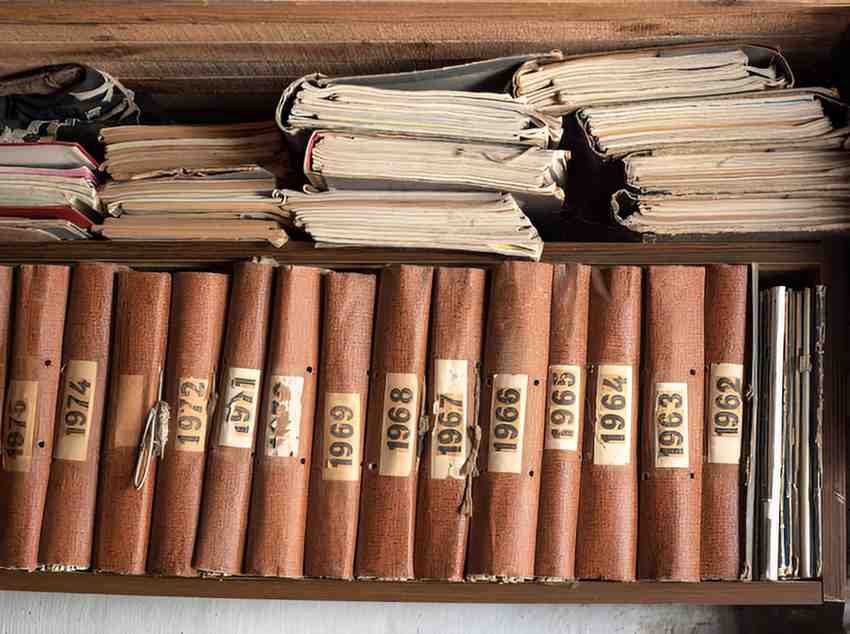Promotional allowances play a crucial role in modern marketing strategies, yet many business owners and marketers struggle to grasp their full potential. I’ve spent years analyzing how companies use these incentives to drive sales, strengthen retailer relationships, and optimize pricing strategies. In this guide, I’ll break down promotional allowances in simple terms, explain how they work, and show you how to leverage them effectively.
Table of Contents
What Are Promotional Allowances?
A promotional allowance is a financial incentive a manufacturer offers to retailers or distributors to promote their products. These incentives can take various forms, including discounts, rebates, or direct payments. The goal is simple—encourage retailers to push a product more aggressively through advertising, discounts, or in-store promotions.
For example, if I manufacture organic snacks, I might offer a 10% discount to a grocery chain if they feature my product in their weekly ad. This mutual benefit helps me increase sales while the retailer enjoys better margins.
Types of Promotional Allowances
Not all promotional allowances work the same way. Below are the most common types:
1. Trade Promotions
These are discounts given to retailers or wholesalers to boost product visibility. A common form is a “bill-back” allowance, where the retailer receives a rebate after meeting certain sales targets.
2. Slotting Allowances
Supermarkets charge manufacturers fees to place products on their shelves—a practice known as slotting fees. While controversial, these fees help retailers manage inventory risks.
3. Cooperative Advertising Allowances
Here, manufacturers reimburse retailers for part of their advertising costs. For instance, if a retailer spends $5,000 on a TV ad featuring my product, I might cover 50% of that cost.
4. Performance-Based Allowances
These are tied to specific sales milestones. If a retailer sells 1,000 units in a month, they might earn an extra 2% rebate.
| Type | How It Works | Example |
|---|---|---|
| Trade Promotions | Discounts or rebates for bulk purchases or promotions | 5% discount if the retailer orders 500+ units |
| Slotting Allowances | Fees paid to secure shelf space in retail stores | $10,000 to place a new product in 100 stores |
| Cooperative Advertising | Manufacturer shares ad costs with the retailer | 50% reimbursement on a $2,000 local newspaper ad |
| Performance-Based | Bonus payments for hitting sales targets | Additional 3% rebate if sales exceed 1,000 units in Q1 |
The Economics Behind Promotional Allowances
To understand why companies use promotional allowances, we need to look at the underlying economics. The basic premise is that increased visibility leads to higher sales, which benefits both manufacturers and retailers.
The Manufacturer’s Perspective
I offer promotional allowances because they help me:
- Increase market penetration – More retailers push my product.
- Control pricing – I can influence how much discounting happens.
- Build retailer loyalty – Consistent incentives keep partners engaged.
The Retailer’s Perspective
Retailers accept these deals because they:
- Improve profit margins – Discounts and rebates increase their bottom line.
- Reduce risk – Slotting allowances offset unsold inventory costs.
- Enhance promotions – Cooperative ads make their marketing more affordable.
Calculating Promotional Allowances
Let’s dive into the math behind these incentives. Suppose I offer a retailer a trade promotion where they get a 10% discount on orders above 1,000 units. If my product’s wholesale price is $20 per unit, the calculation looks like this:
Discount = Order Quantity \times Wholesale Price \times Discount RateFor an order of 1,200 units:
Discount = 1,200 \times 20 \times 0.10 = \$2,400The retailer pays:
Total Cost = (1,200 \times 20) - 2,400 = \$21,600Without the discount, they would have paid $24,000. This $2,400 saving makes the deal attractive.
Pros and Cons of Promotional Allowances
Advantages
- Boosts short-term sales – Retailers have an incentive to promote my product.
- Strengthens relationships – Retailers see me as a valuable partner.
- Flexible pricing control – I can adjust allowances based on market conditions.
Disadvantages
- Can erode brand value – Overuse of discounts may make my product seem cheap.
- Retailer dependence – Some retailers might expect constant incentives.
- Complex accounting – Tracking rebates and discounts requires meticulous bookkeeping.
Real-World Example: How Coca-Cola Uses Promotional Allowances
Coca-Cola frequently offers trade promotions to supermarkets. Suppose they run a “Buy 10 Cases, Get 1 Free” deal. The retailer benefits from higher volume sales, while Coca-Cola ensures more shelf space and customer visibility.
If a case costs $10:
Retailer Cost = 10 \times 10 = \$100 Effective Cost Per Case = \frac{100}{11} \approx \$9.09This 9.1% discount encourages bulk purchases without drastically cutting into Coca-Cola’s margins.
Best Practices for Implementing Promotional Allowances
- Set Clear Terms – Define exact discount structures, payment timelines, and performance metrics.
- Monitor Performance – Track whether the allowance actually increases sales.
- Avoid Overuse – Too many discounts can hurt long-term profitability.
- Negotiate Win-Win Deals – Ensure both you and the retailer benefit.
Conclusion
Promotional allowances are powerful tools when used strategically. I’ve seen businesses transform their sales trajectories by implementing well-structured incentive programs. Whether you’re a manufacturer looking to boost distribution or a retailer aiming for better margins, understanding these incentives is key.





